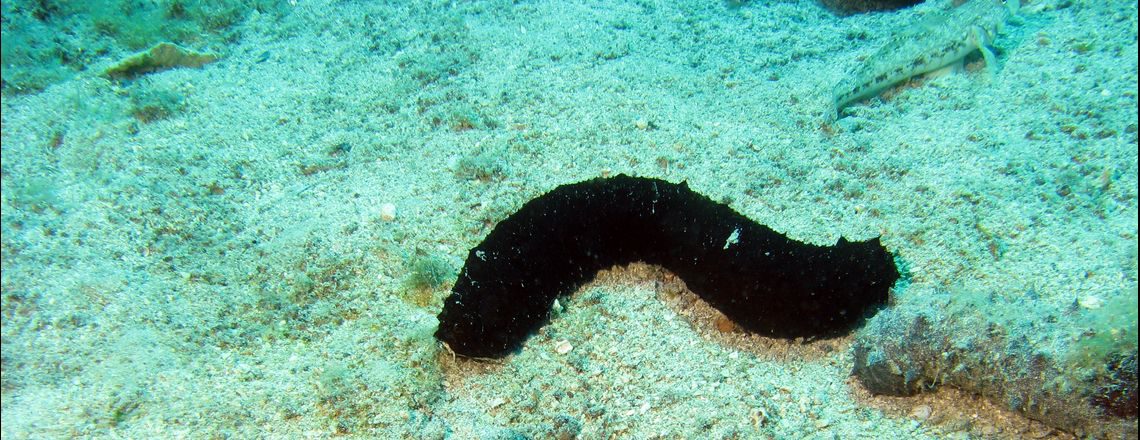
As part of the three-year monitoring, the implementation of which began in 2019 and is planned until 2021, a team of experts is conducting field research that includes monitoring the condition of the population of sea urchins and sea cucumbers. The holder of this monitoring is the company Janolus d.o.o. consisting of experienced divers and experts in the field of marine biology, in collaboration with Oikon d.o.o. – Institute for Applied Ecology, which operates in the field of applied ecology in Croatia and the region. We, members of the 20000 Leagues Society of Marine Explorers, also joined the project team in thefield research, which gave us many new knowledge and skills. During this first year of monitoring, 26 sites throughout the Adriatic were visited.
The aim of this monitoring was to establish the condition and monitor oscillations in the sea urchin population in nature. The sea urchin species monitored were the purple sea urchin (Paracentrotus lividus), the black sea urchin (Arbacia lixula) and the deep sea urchin (Sphaerechinus granularis). The monitoring was conducted from April 24th to June 3rd, and field research was attended by employees of Janolus and Oikon company and volunteers from the Society.
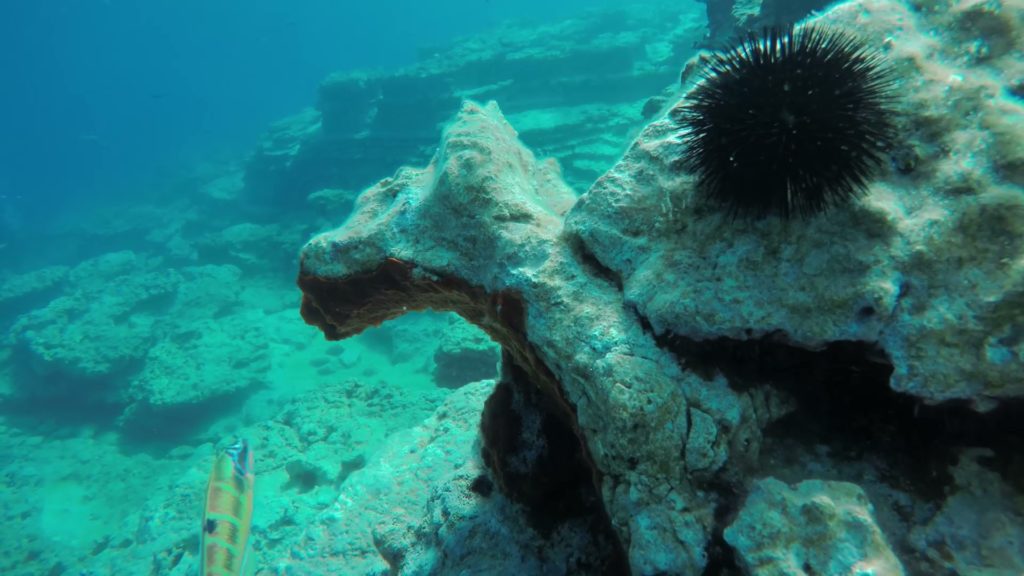
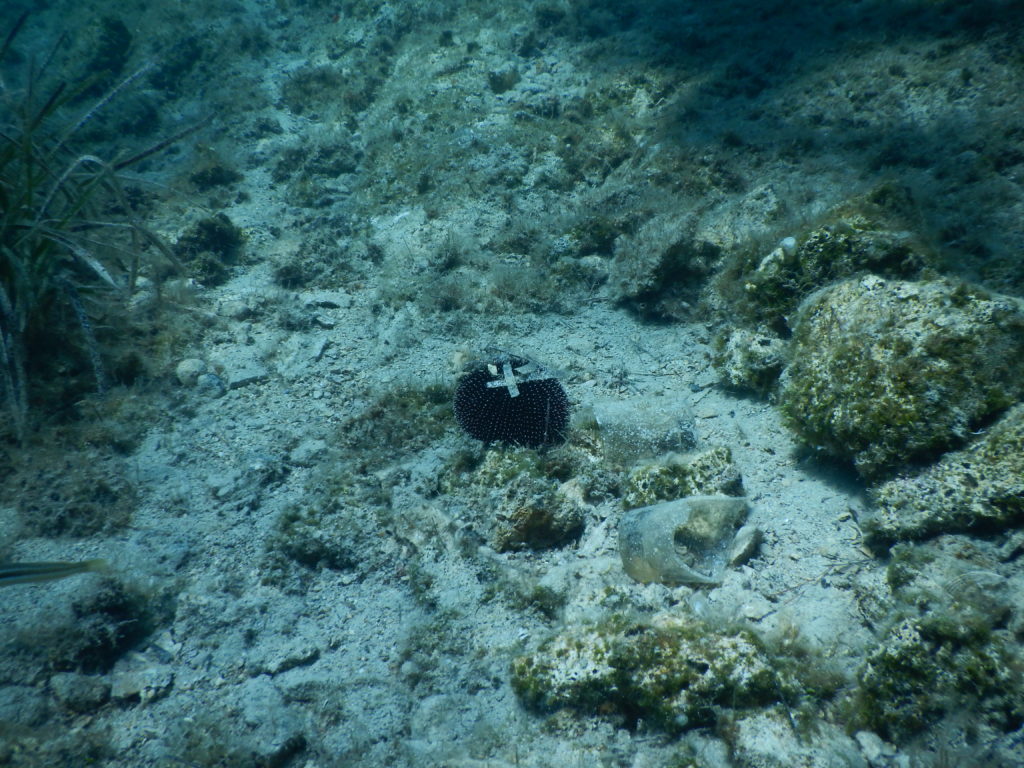
Monitoring is carried out according to the default protocol, and if you are interested in what it looks like, keep reading!!
At each given locality, out of a total of 13, three stations were selected, at least 100 m apart, where the condition of the sea urchin population was recorded. All locations were recorded with a GPS device so that they could be visited in the next two years. At each station, the density and diameter of the sea urchins test (without thorns) within the square whose dimensions were 0.5m x 0.5m and they were determined in accordance with the methodology. Measurements were made at each station along transects that were placed parallel to the shore at five depths – 1, 2, 3, 4 and 5 m. Furthermore, at each depth the square was randomly placed on the seabed and in the direction of the transect in a certain direction the square shifted 10 times along the line defined by the set transect. This methodology resulted in a clearly visible transect with an area of 0.5 m x approx. 5 m for each depth.
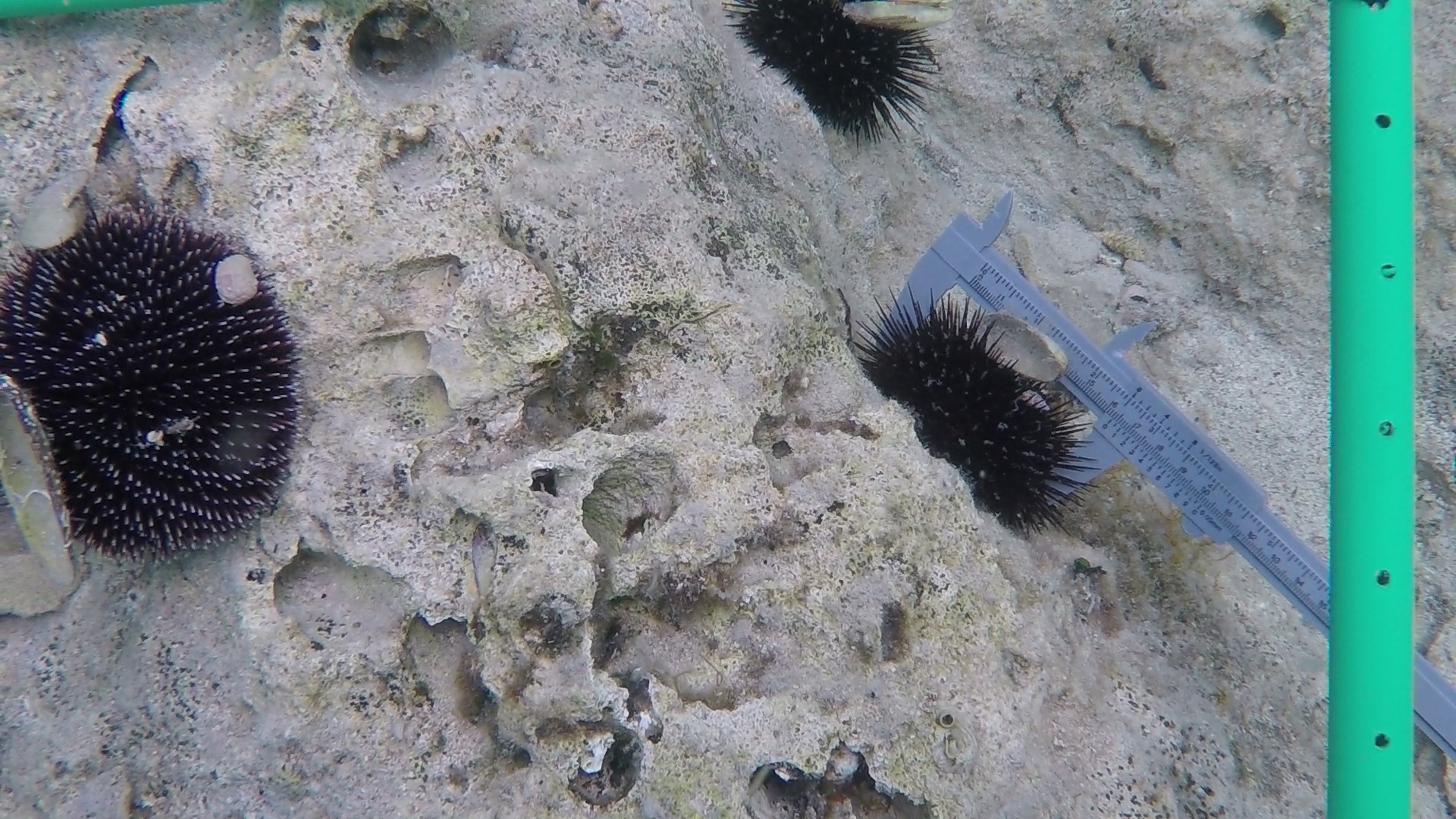
The aim of this monitoring was similar to that of sea urchins, to establish the condition and monitor the oscillations in the sea cucumbers population. The species of sea cucumber monitored were species of the genus Holothuria, Ocnus planci and royal sea cucumber (Parastichopus regalis). The monitoring was carried out in the same time period as the monitoring of sea urchins, and the team that participated in the field research was the same.
Monitoring is carried out according to the default protocol, and if you are interested in what it looks like, keep reading!
The methodology for monitoring the condition of the sea cucumbers consisted of three starting points 100m apart at each of the planned sites. The starting points were recorded with a GPS device for the purpose of further tracking in the following time period. Each starting point served as a starting point from which three 25m long transects branched out extending in an arbitrary direction. Along each transect, types of sea cucumbers, their number and total length in the range of 2m from the transect line were recorded.
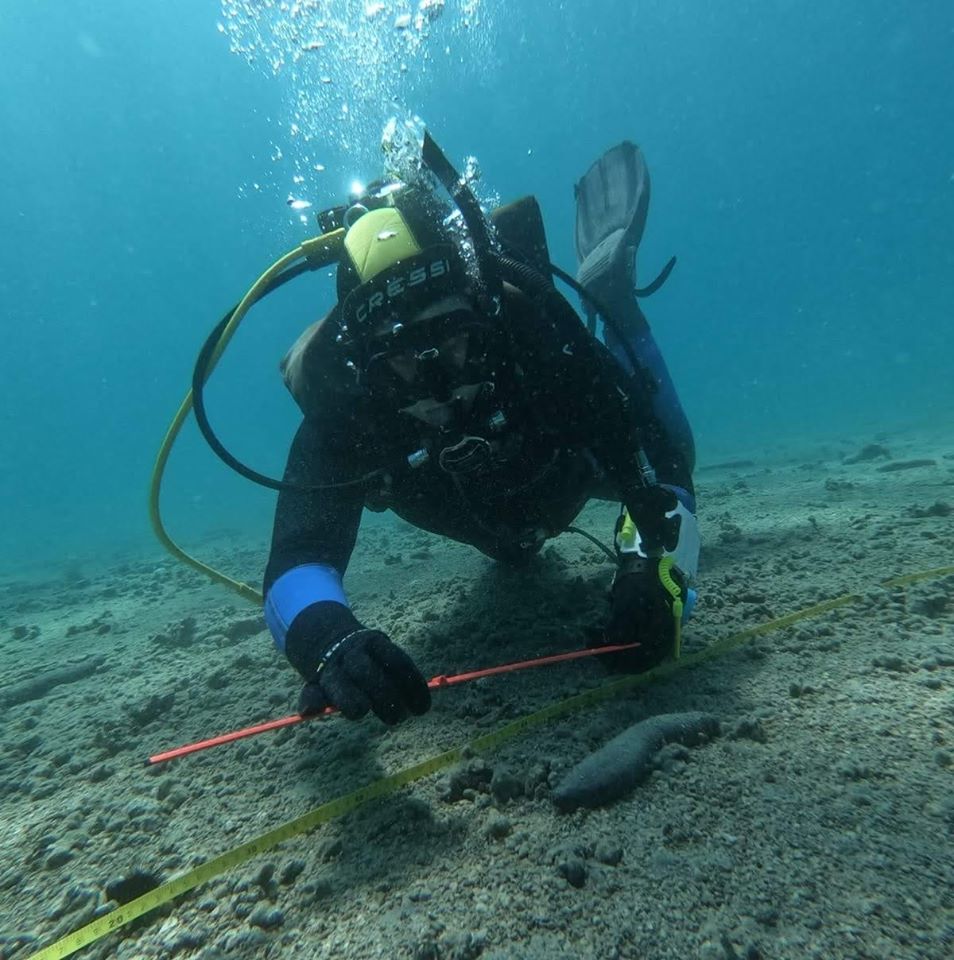
The completion of the project resulted in a large amount of data that was successfully processed. The obtained results are indicative and further research is certainly needed in order to make a final conclusion about the state of the population of both sea urchins and sea cucumbers, their connection with the ecosystem and the impact of their potential exploitation on it.
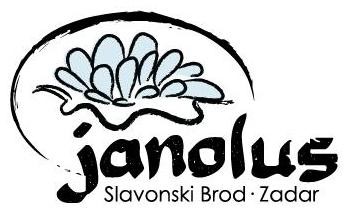
2025 © Marine Explorers Society 20.000 leagues. ALL Rights Reserved.
